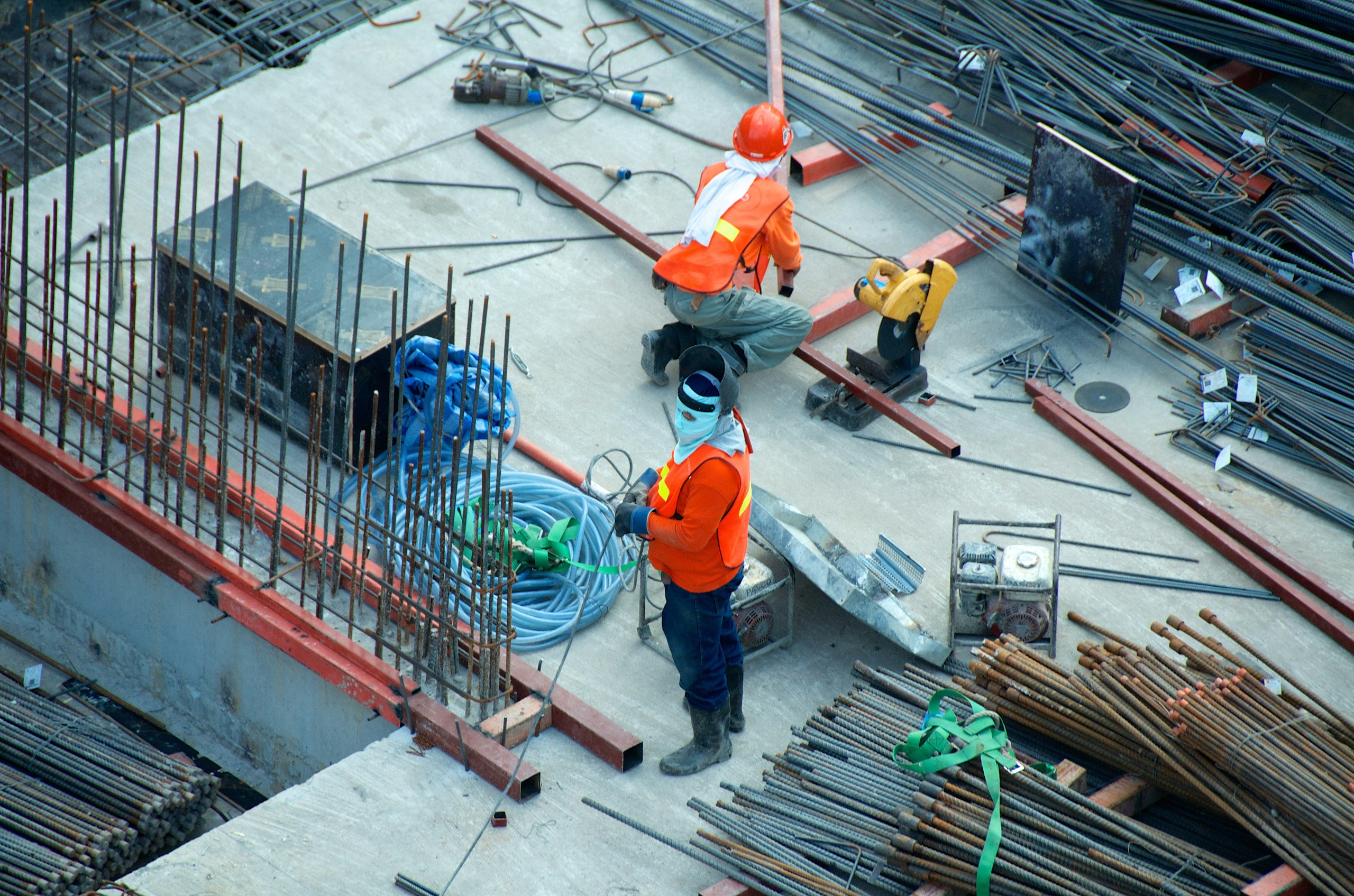News & Blogs
Ensuring safety on Labor Day is paramount to the well-being of all involved.

Construction site safety is of paramount importance in ensuring the well-being of workers and visitors alike. Each day, thousands of construction workers across the globe face numerous hazards and risks while carrying out their tasks, making it essential for employers and employees to prioritize safety measures to prevent accidents and injuries.
Construction sites are dynamic environments where various activities, equipment, and materials coalesce, creating a potentially hazardous landscape. From towering scaffolds to heavy machinery and bustling work zones, the potential for accidents is ever-present. Therefore, implementing comprehensive safety protocols and procedures is essential to mitigate risks and safeguard lives.
One of the fundamental principles of construction site safety is hazard identification and risk assessment. Before work begins, employers should conduct thorough evaluations of the site to identify potential hazards, such as falls, electrical hazards, struck-by incidents, and hazardous materials. By understanding the risks associated with each task and environment, employers can develop appropriate control measures to minimize or eliminate potential dangers.
Communication is another cornerstone of construction site safety. Effective communication channels must be established to ensure that all workers are aware of safety protocols, procedures, and potential hazards. Regular safety meetings, toolbox talks, and signage help reinforce safety messages and promote a culture of vigilance and accountability among workers.
Training and education are integral components of construction site safety. Employers must provide comprehensive safety training to all workers, covering topics such as hazard recognition, proper equipment operation, emergency response procedures, and the proper use of personal protective equipment (PPE). By empowering workers with the knowledge and skills to work safely, employers can significantly reduce the likelihood of accidents and injuries.
Furthermore, adherence to safety regulations and standards is non-negotiable on construction sites. Employers must comply with local, state, and federal regulations governing occupational health and safety, as well as industry standards and best practices. Regular inspections and audits help ensure that construction sites are in compliance with safety requirements and identify areas for improvement.
Equipment safety is also critical on construction sites. Employers must ensure that all machinery and equipment are properly maintained, inspected, and operated by trained personnel. Additionally, safety features such as guardrails, fall protection systems, and warning devices should be in place to minimize the risk of accidents.
Emergency preparedness is another essential aspect of construction site safety. Employers must develop and implement emergency response plans that outline procedures for responding to accidents, injuries, fires, and other emergencies. Workers should be trained in these procedures and have access to emergency equipment such as first aid kits, fire extinguishers, and emergency communication devices.
Regular inspections and audits are essential for maintaining construction site safety. Employers should conduct routine inspections of the site to identify potential hazards and address them promptly. This may involve inspecting equipment for defects, checking scaffolding for stability, and ensuring that safety barriers and signage are in place and clearly visible.
Ultimately, construction site safety is a shared responsibility that requires the commitment and cooperation of employers, workers, subcontractors, and regulatory agencies. By prioritizing safety planning, communication, training, compliance, and inspections, construction companies can create a culture of safety that protects the lives and well-being of everyone on the job site.

-1737776949.jpeg)

